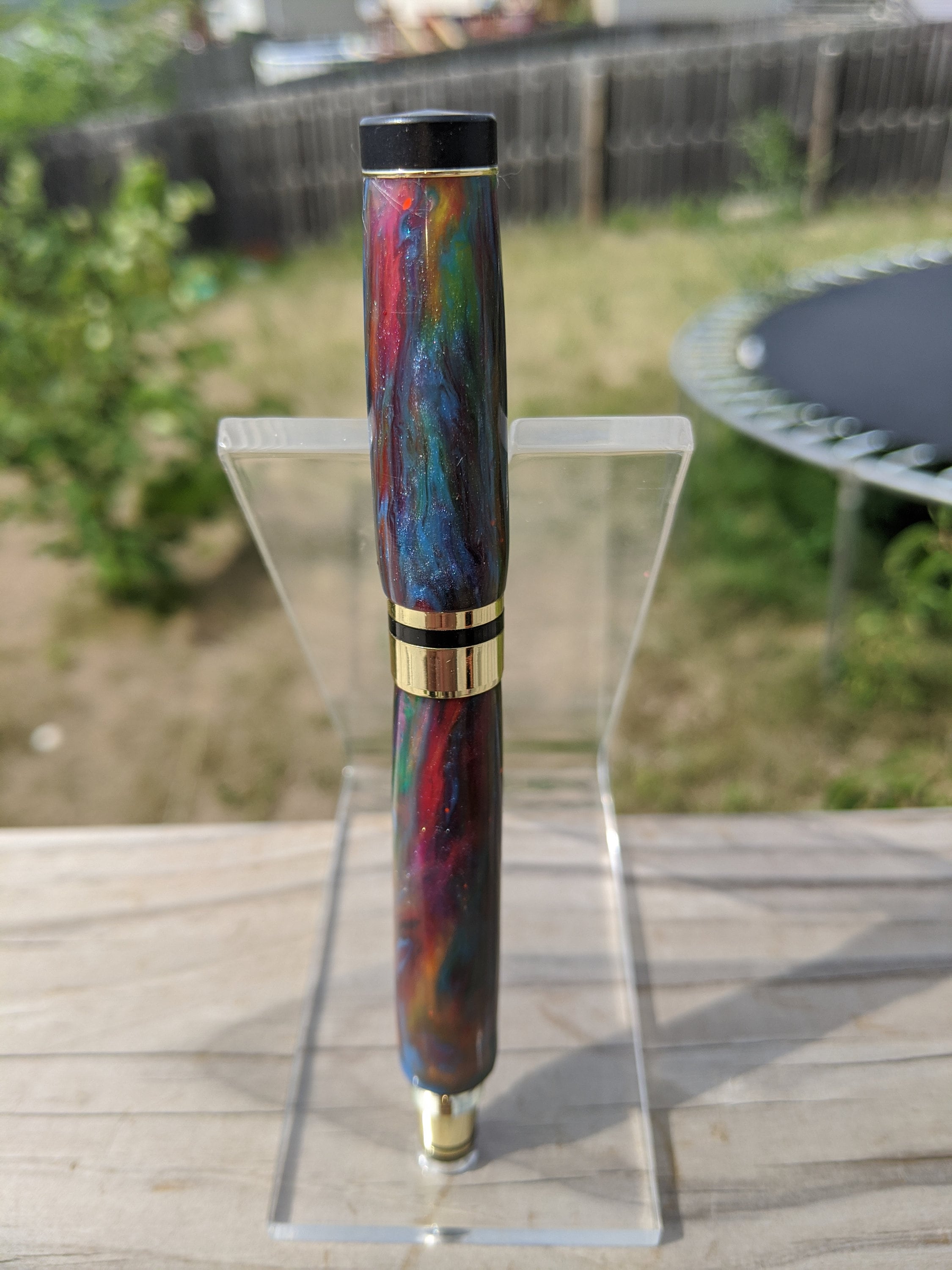All about "How to Care for and Maintain Your Wood Fountain Pen"

The Past history and Evolution of Wood Fountain Pens
Lumber fountain markers have a wealthy history that courts back centuries. These stylish writing musical instruments mix the organic appeal of hardwood along with the functions of a fountain pen, creating them a prominent choice among writing lovers and enthusiasts equally. In this post, we are going to discover the record and evolution of hardwood water fountain markers, outlining their sources to the found day.
The earliest known writing guitar can easily be mapped back to ancient Egypt, where scribes utilized splint combs to write on papyrus scrolls. Over time, various products such as bone, steel, and shafts were made use of as writing devices. Nonetheless, it was not until the 17th century that the idea of a water fountain pen started to take form.
In 1663, Samuel Pepys taped in his daily record that he had obtained "a pen to hold ink consistently." This very early model consisted of a empty barrel helped make coming from wood or metallic with a calamus affixed at one end. The individual would soak the plumage into an inkwell and at that point write with it. While Source was impressive for its opportunity, it had a number of constraints - particularly that it required consistent dipping and did not keep much ink.
It was not until the very early 19th century that notable developments were made in fountain pen technology. In 1809, Peregrin Williamson received a patent for an "ink reservoir pen" which included an inner ink enclosure that might be filled by unscrewing the barrel. This concept allowed for longer periods of writing without needing to have to refill the marker.
Timber fountain markers started gaining appeal in the mid-19th century when makers started exploring with different components for their development. Hardwood ended up being an eye-catching choice due to its durability and visual appeal. The very first timber fountain pens were usually created coming from ebony or rosewood and featured elaborate inscriptions or attractive accents.
As technology carried on to accelerate throughout the 20th century, therefore carried out lumber fountain pens. Suppliers started integrating brand new products and devices to boost the efficiency of these writing instruments. The overview of synthetic, a artificial product, transformed the pen market as it permitted for more significant versatility in style and colour choices.

Throughout this time, business such as Montblanc, Parker, and Waterman surfaced as leading makers of timber water fountain pens. These brand names ended up being interchangeable with premium workmanship and cutting-edge designs. Wood water fountain pens were not just operational but additionally came to be standing icons for those who might manage them.
In current years, there has been a comeback in the recognition of lumber fountain markers due to their one-of-a-kind beauty and hookup to attributes. A lot of pen fanatics cherish the warmth and natural feeling that timber delivers matched up to other products such as steel or plastic. This restored enthusiasm has led to an boost in artisanal marker producers who concentrate in handcrafting custom-made timber water fountain pens.
Today, lumber fountain pens come in a broad variety of designs and appearance to suit individual choices. From traditional layout along with gold or silver tones to modern-day minimalist styles, there is a hardwood water fountain marker for every flavor.
In conclusion, the history and evolution of lumber fountain markers can be traced back centuries. Coming from modest beginnings as basic pinion pens to innovative writing equipments made coming from several products, they have happen a lengthy technique. Lumber fountain pens continue to mesmerize writers and collection agencies identical with their classic beauty and capability. Whether utilized for daily writing or showed as works of craft, these elegant musical instruments are certain to leave behind a long lasting impact.
